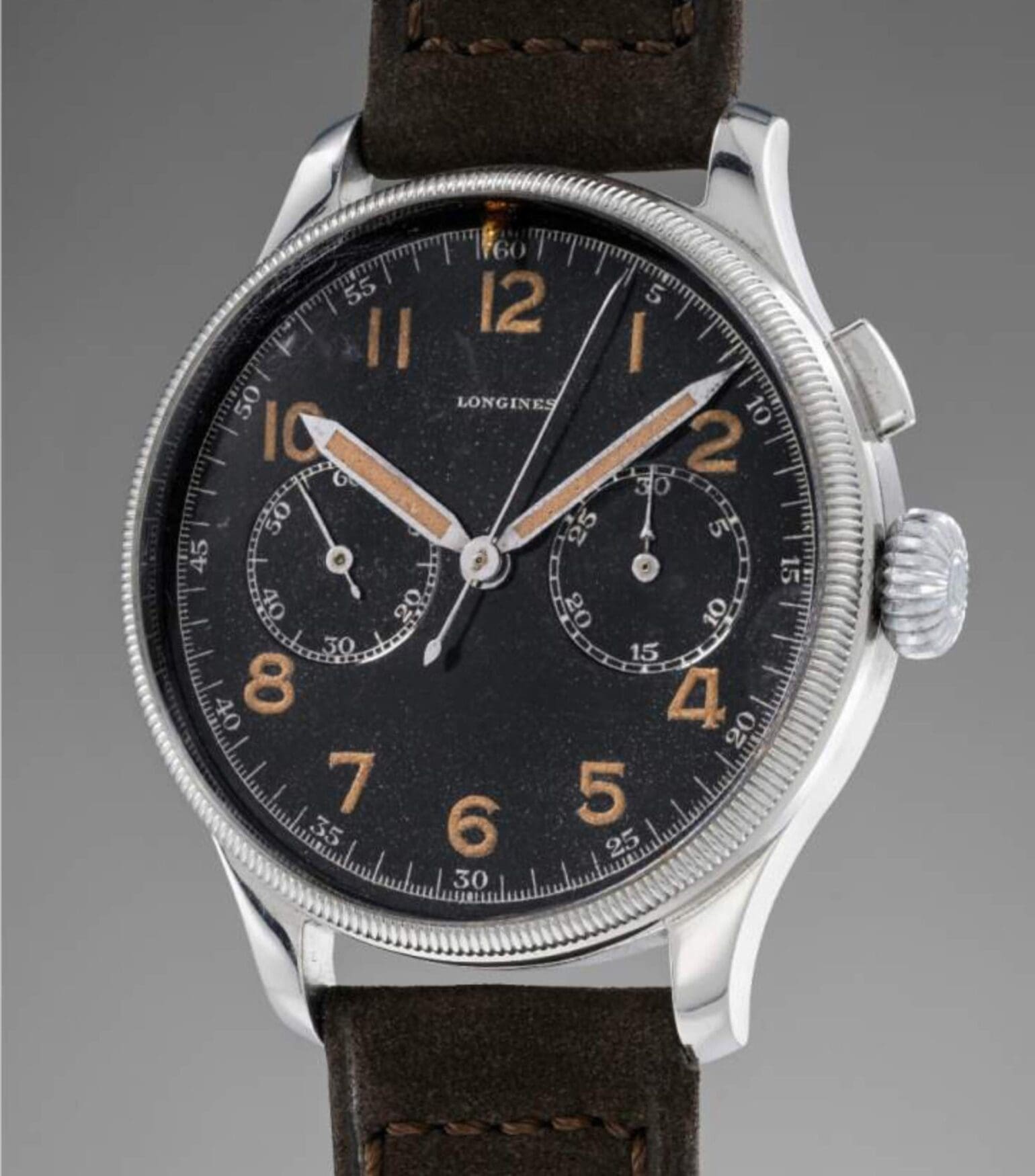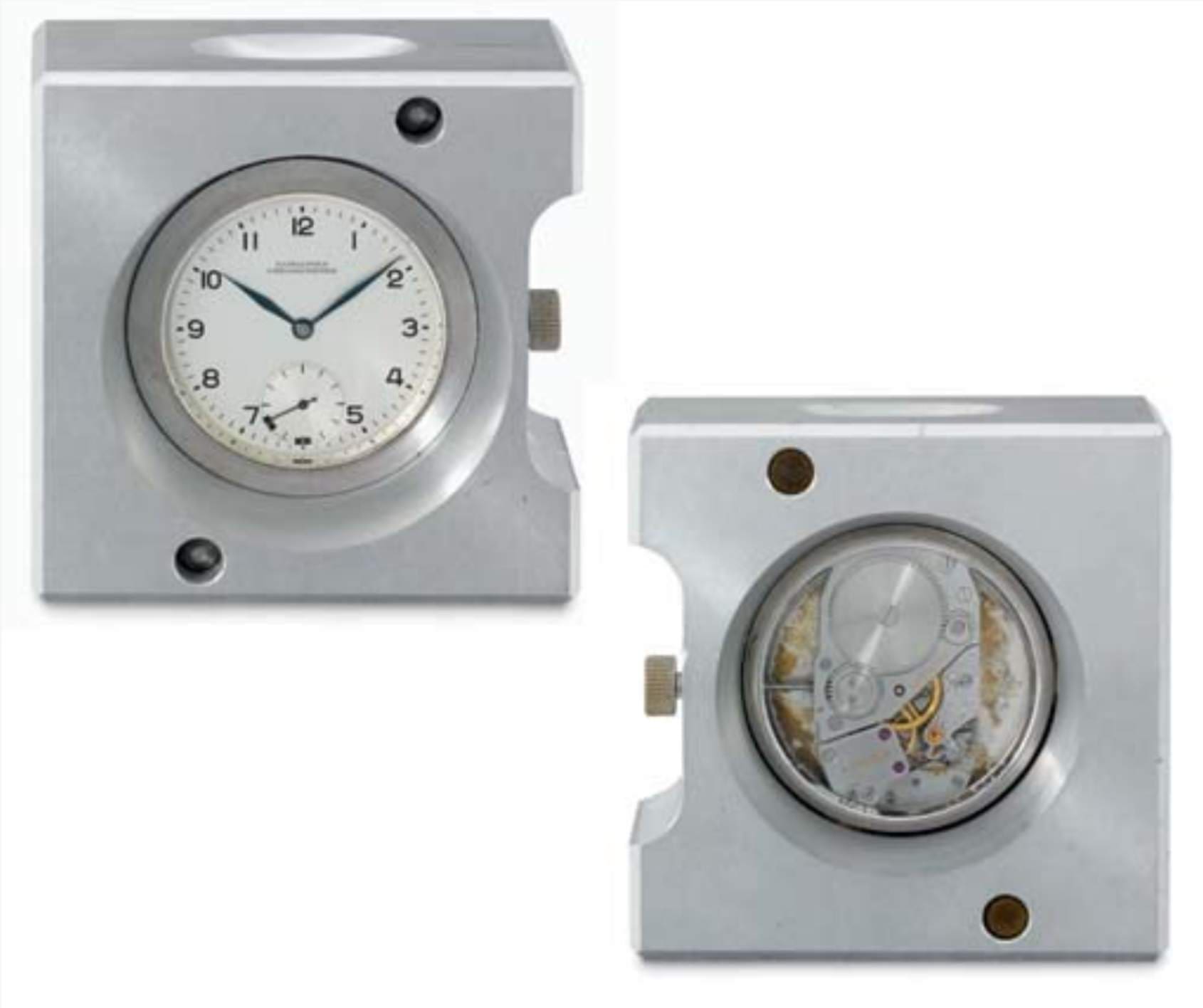The Longines Museum is on fire! Which three watches should be saved?
Luke BenedictusThe Longines museum in St-Imier showcases the brand’s illustrious history in the form of 500 timepieces, navigational instruments and timekeeping devices. Unfortunately, in this luckily fictitious scenario, the museum is on fire! Daniel Hug, Longines Head of Brand Heritage, can only save three watches before the whole place goes up in smoke. “Oh my God!” Daniel says. “I hope that never happens.” So do we, Daniel, so do we. But come on – let’s focus now. The flames are lapping ever higher – which three watches will be saved?
Amy Johnson’s pilot watch
“The first would have to be the watch of Amy Johnson,” Daniel says. “That was her actual watch that she used for navigation.”
The watch in question is the Longines Wittnauer Sidereal, Ref. 38330 that was made around 1937. It was worn by Johnson, a pioneering British pilot who in 1930 become the first woman to fly solo from England to Australia, a feat she followed with further long-distance records. The watch itself has a rotating centre dial allowing the seconds hand to be synchronised with a reference clock to enable a pilot to navigate. Johnson wore her watch in the standard pilot manner on the outside of her sleeve and the museum’s watch still boasts her original strap.
Longines Pilot’s Chronograph Ref. 6476/3811
“I would also want to save this fantastic pilot’s chronograph with a black dial and the 13ZN movement,” Daniel says. “It was built for Romanian pilots in 1937 and it’s just my favourite.”
One of the earliest chronographs ever made with a rotating bezel, the watch’s black dial features large luminous Arabic numerals and hands. Inside meanwhile it features the in-house caliber 13ZN, a legendary manual wind chronograph movement that’s often sited as one of the beautiful of its kind ever to be developed.
The Caliber 360 Observatory Chronometer
“The third watch would have to be this absolutely brilliant observatory chronometer, the caliber 360 that we have in the museum,” Daniel admits.
Longines ventured into precision chronometry way back in 1888, but one of their most prized creations was the cal. 360. Competition chronometer-quality wristwatch movements were designed to excel in the rigorous world of Observatory Competitions in Switzerland. This highly precise wristwatch movement dominated competitions in Switzerland between 1959 and 1967. “The one I would save is from 1959 and in 45 days of testing, it recorded daily deviation of just 0.03 seconds in 24 hours,” Daniel says with visible pride.







